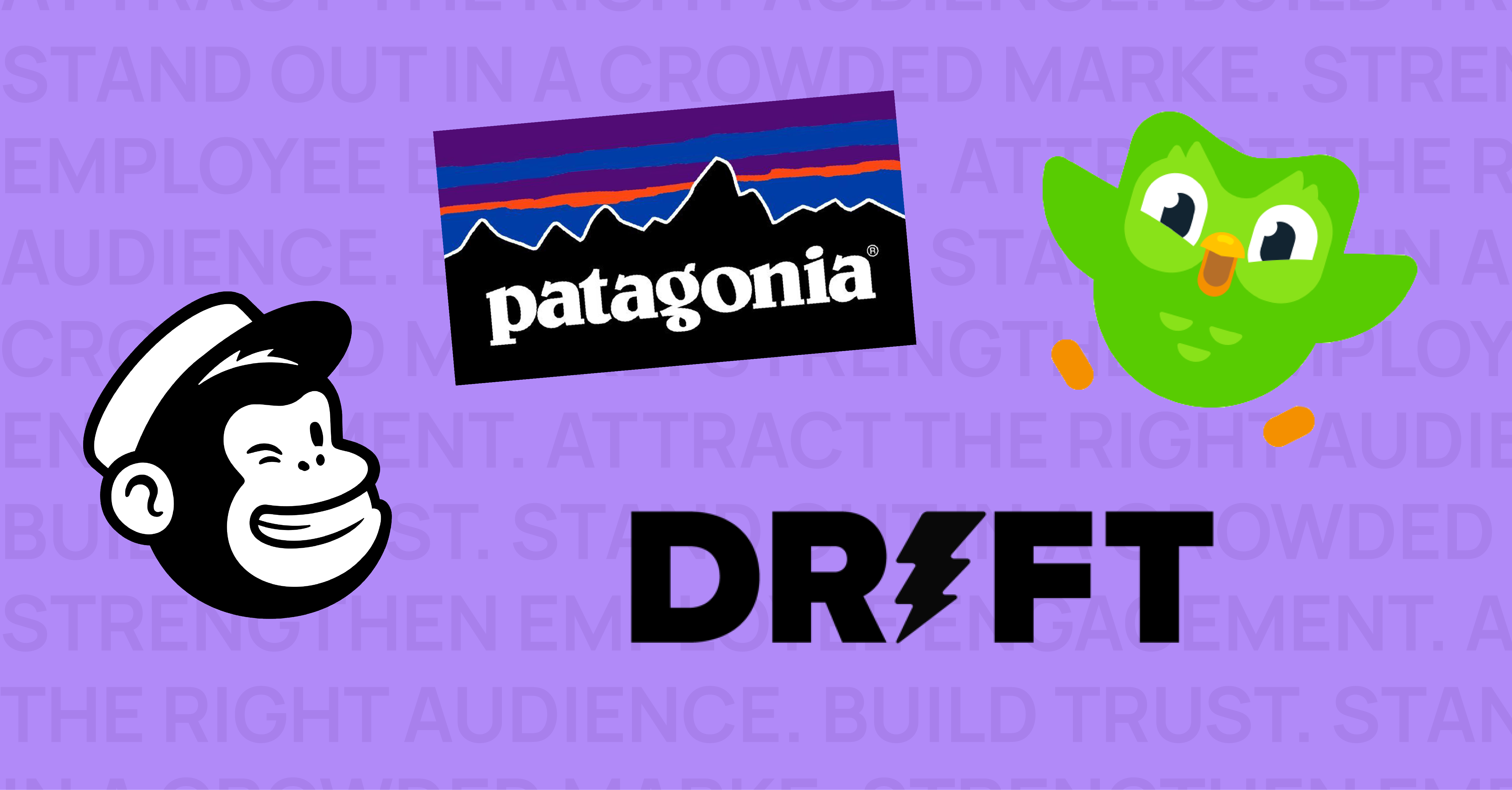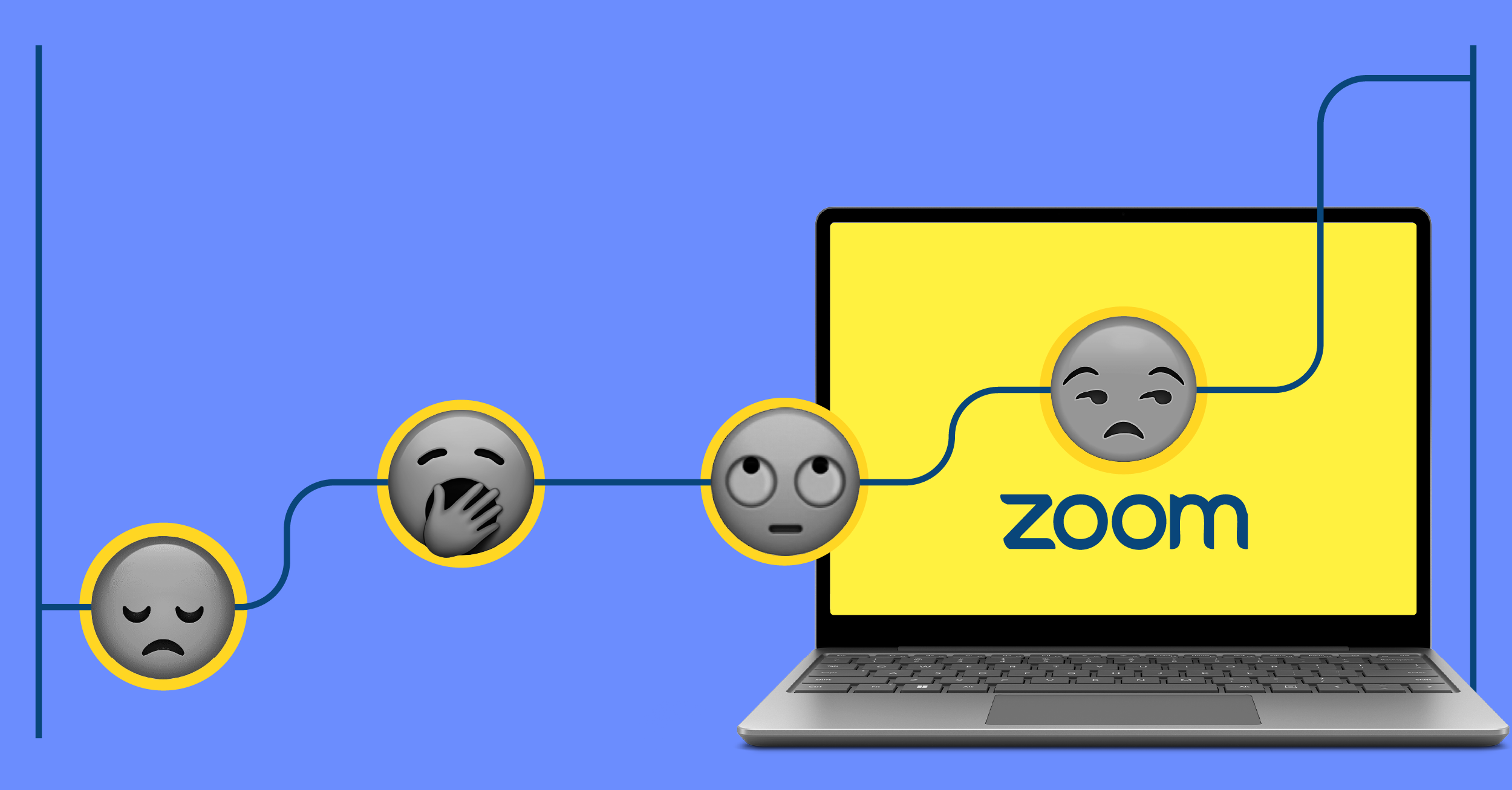In the world of B2B marketing, a brand’s front door is their website. Like it or leave it, it’s the first place future employees, clients, partners, and investors will go to learn about your company.
Is your current website your ideal front door? Does the exterior of your house match what’s on the inside? Does the outside say shabby chic and your interior is formal and elegant? Or perhaps the exterior looks great, but the inside only has unfinished and empty rooms.
Either way, let’s assume for the purposes of this exercise that your website isn’t the ideal reflection of your brand and business. Regardless of the reason and rationale, your team’s vote is clear: “We need a new website.”
At Hencove, we’ve worked on our fair share of websites. Some have been complete teardowns and rebuilds, others modest renovations or expansions, and others just light refreshes. Each one is unique in its own way, yet we see the same challenges pop up that repeatedly complicate the process. To help you deliver an improved website that embodies your brand—and in a cost-conscious and time-effective manner—we’ve highlighted a few key questions to answer before diving into a website revamp.
Why do you need (not want) a new site?
The question seems obvious, but getting to the heart of this is necessary to identify what functions the new site must fulfill. Gather folks throughout your organization and ask questions such as:
- Why do people visit your website?
- Who is visiting your website?
- What’s the one thing you’d like visitors to learn from the site?
Making a list of all the aspects of your current website that aren’t working anymore can also be a helpful exercise. Having a clear sense of the goals will serve as a blueprint for the new site and help guide decisions during the building phase.
Who are you and where are you going?
Defining the mission of your company, who you are and what your goals are, is critical before diving into a new website project. To do this, summarize your business, what you do, and what your solutions or services are. Remember, a website shouldn’t be a set-it-and-forget-it vehicle; it should live and breathe, grow and evolve so you can, and should, make changes and updates down the road. Having a clear idea of who you are now and where you’re going will help keep the new site on-brand and mission-focused.
Who is your audience?
At its simplest, a website should serve as a digital entryway for your business. Visitors should quickly get a sense of what you do and be able to find key information quickly. Consider who visits your site—some may be prospective clients, but also future employees, business partners, investors, clients, acquisition targets, media, and more.
It’s important, and a valuable exercise, to address each audience and think about what information are they most interested in finding. There are many reasons to visit a website, and many carrots that can be shared—whitepapers, press releases, job openings, contact forms, and many more—the trick is to figure out why people are visiting your site and what they want, and then making it easy for them to find it.
Will you keep the current brand?
A seemingly large part of a website rebuild sits within the new design, and although design is actually only one part of the larger building process, it should be considered upfront. For some, rebranding the company can go hand-in-hand with a new website. A rebrand does require additional time and will extend the site launch. If you don’t like your current branding, then you likely won’t like a new website designed using that brand.
When do you need the new site to launch?
Designing and developing a new website can take as little or as much time as you allow, or need. Likewise, budget, scope, and review process are flexible and can all impact the launch date of your new site. We strongly recommend working with your website partner to determine all of these factors and identify, and set, a realistic timeline for the project. Also, remember that with most websites there are a fair number of chefs in the kitchen. At what points, and how, will these internal reviews and approvals occur.
If you have an immovable deadline, consider creating a list of “must-haves” for the site by launch and a second list of items that can be added after launch. A website is a living creature and should be constantly updated and changed, so there’s no harm in breaking the site into Phase 1 and Phase 2.
What team members will be involved in the process?
Building a new website is fun and exciting, especially for those who’ve never built one before. It’s not surprising that everyone wants to be involved and share their thoughts. A diverse group of feedback and opinions can be helpful, but sometimes too many competing ideas can be a recipe for disaster. We’ve seen our projects go smoothly with teams of all sizes, down to a single decision-maker, or large groups with representatives from across an organization. Determining how best to proceed is, in and of itself, a project and an important conversation, one that we’re glad to facilitate.
A site that’s true to your brand
A lot can go wrong in building a website. But, if you follow these steps and align yourself with a partner to collaborate with, you should have a website that you’re proud of, and, more importantly, that serves the needs of your business and key audiences. Put in the thought and time before you start a website redesign, and you’ll save yourself from unexpected challenges later on.
And if you’re stuck for whatever reason and at whatever stage—can’t get started, stuck in the middle, or can’t get across the finish line—call us and we’ll give our honest assessment of what to do next.



